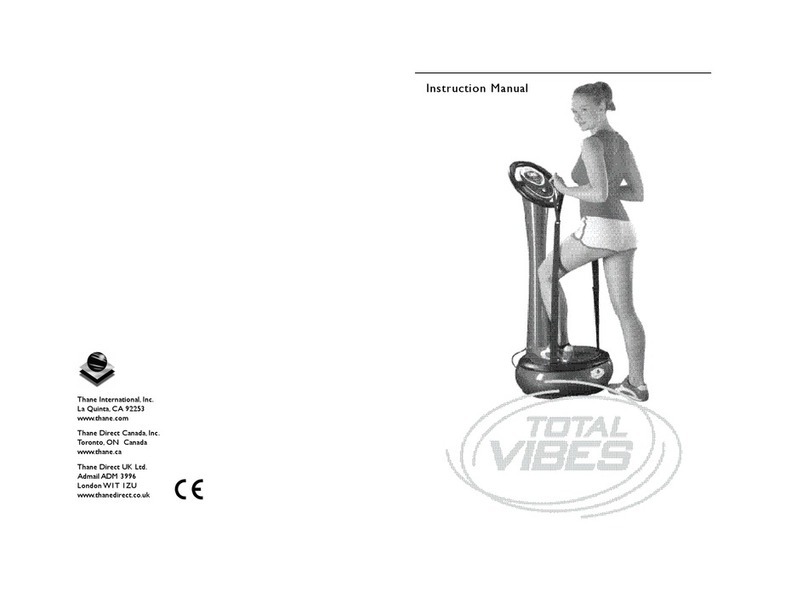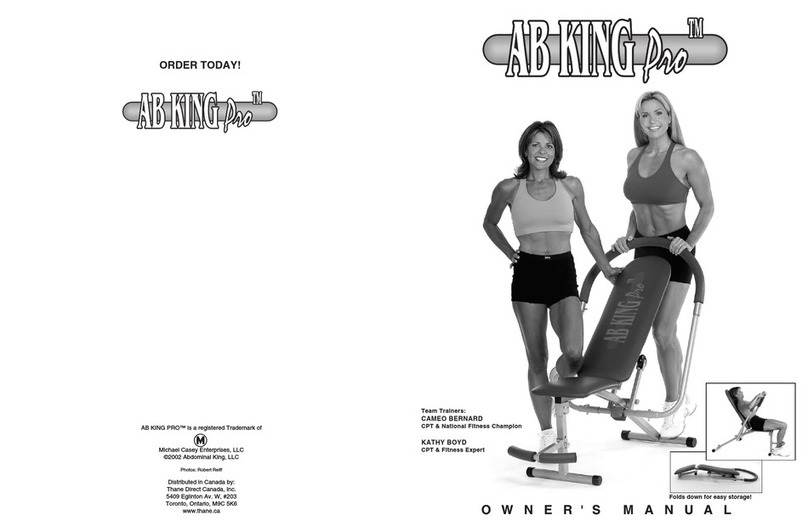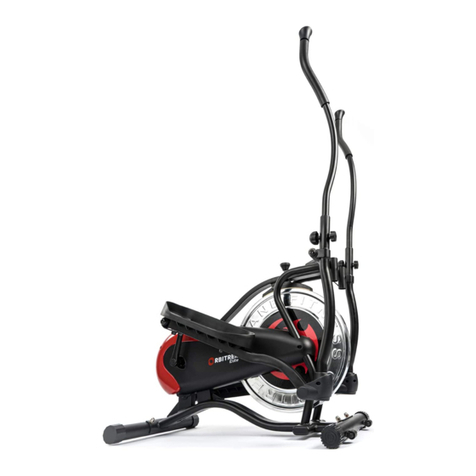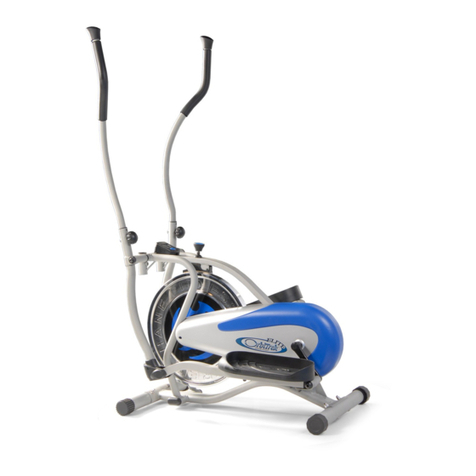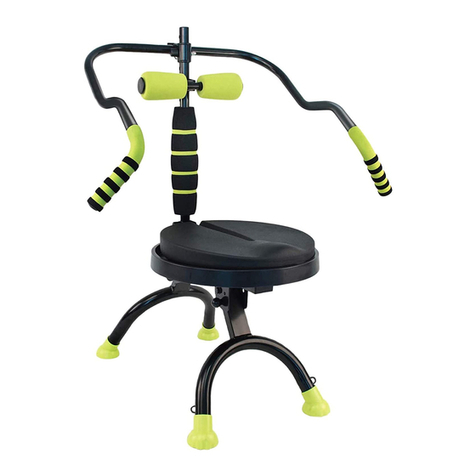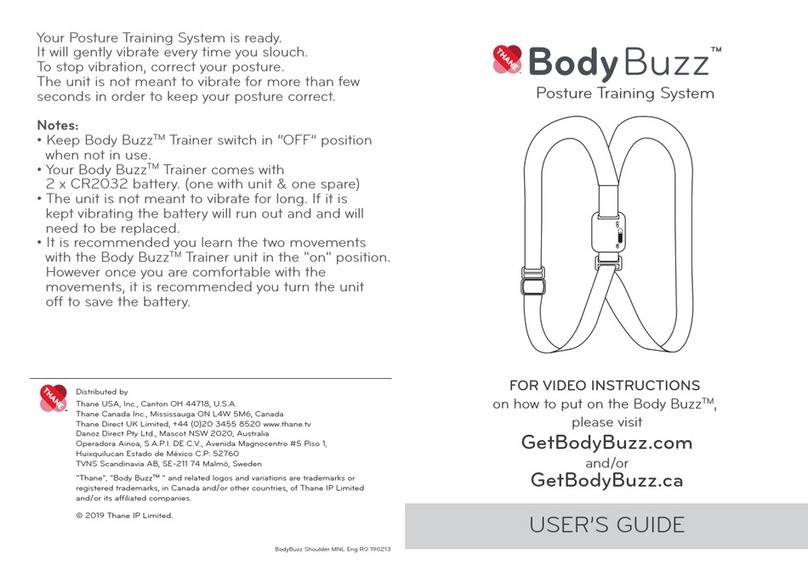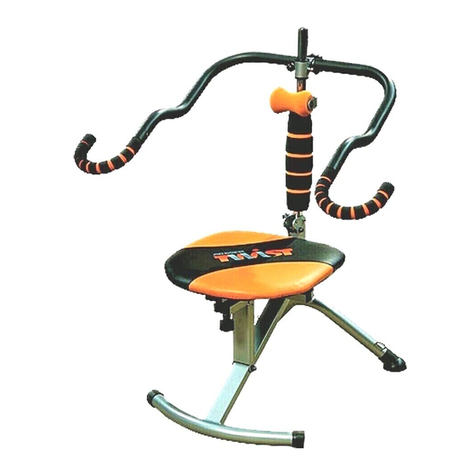EAT SMART Nutritional Guide with 6 Week Step By Step Training Program
28
b o d y. The digestion of any food re q u i res an expenditure of energy by the body. Once the food is digested, it
releases its own stored energy in the form of calories, which are then either used (“burned”) or stored,
mostly as fat. Sometimes, the number of calories in a food is lower than the number of calories it takes to
chew and digest it. The act of eating, for example, celery or cucumber, can be a weight losing proposition all
by itself — without exercise or anything! Now isn’t that intere s t i n g . . . ?
• Alfalfa spro u t s
• Beet gre e n s
•B roccoli - (a close call)
•C a b b a g e
• Cauliflower - (a close call)
•C e l e ry
•C h a rd, Swiss
•C h i v e s
•C u c u m b e r
• Eggplant - (a close call)
•E n d i v e
•G a r l i c
•L e t t u c e
•M u s h ro o m s
• Peppers - (a close call)
•R a d i s h e s
• Seaweeds of all kinds
•S p i n a c h
• Tomato - (a close call)
• Tu r nip gre e n s
• Water chestnuts
• Wa t e rc re s s
Vegetables whose digestion can use more calories than they contain include:
Food Preparation
This subject could fill a book all by itself. The essential point to remember is, once again, to avoid added
fats and oils! Do not fry with oil. Use non-stick pans and fry with water. A little experimentation and you’ll
see how easy this is. Also remember that any menu that contains oil, butter or margarine can easily be made
as well or nearly as well w i t h o u t those ingredients. You must experiment to apply this concept to every one
of your favorite recipes, but the re w a rd for doing so is very high. It will mean better and better health as well
as greater and greater success.
Food Timing
The best way to arrange your food day is to s p r e a d out your daily intake into several meals, as opposed
to eating, say, one large meal per day. Studies have shown that when two comparable groups of people eat
the same number of calories but on diff e rent schedules, the group that eats one large meal per day gains
weight and feels worse, while the group that spreads its calories out during the day feels better and gains
no weight.
Other studies indicate that when food is eaten late in the day, closer to bedtime, weight is gained as com-
p a red to no weight gain when the same food is eaten earlier in the day.
T h e re f o r e, LARGEST MEAL=Lunch, SMALLEST MEAL=Dinner, MODERATE MEAL=Bre a k f a s t .
This is the optimal way to arrange your days. The typical large dinner with which most people are
familiar is problematic because the natural daily rhythms of the body are such that evening is when it is
p reparing for rest, not a large meal. More import a n t l y, food eaten late in the day is much more likely to be
c o n v e rte d to stored body fat. So eat a very light meal for dinner — salad, perhaps soup and a small side dish.
Not much more. Remember: food eaten this late will almost certainly be converted to body fat; and body fat,
once accumulated, comes off much slower, and with much greater diff i c u l t y, than it goes on - a fact with
which many people are already familiar.
B reakfast can go either way. If you’re hungry in the morning, by all means, eat away. If not, eat lightly.
Follow your body’s signals.
EAT SMART Nutritional Guide with 6 Week Step By Step Training Program
27
SUPER SLIM DIET PLAN
D o n ’t s
It is very important to avoid added fats, not just because they’ll make you fat, but because
they’ll also make you s i c k, linked as they are to such disorders as breast and colon cancers, heart disease,
and other serious illnesses.
Eliminating added fats and oils means avoiding:
•
M a rga rine,
•
M a y o n n a i s e ,
•
B u t t e r,
•
Oily salad dressings,
•
Chips of all kinds (unless they’re baked),
•
Fried foods,
•
F r ench fries,
•
C ream cheese,
•
Ice cream,
•
L a rd
Note that if you don’t like salads without dressing — try lemon juice and seasoning salt.
I t ’ s delicious! Or... try any of the oil-free salad dressings now widely available.
All the above-listed items are h o rr i b l e for you. But the h y d ro g e n a t e d p roducts such as margarine, may-
onnaise, and all h e a t e d fats and oils are the worst, as they are high in t r a n s fats, substances that form when
fat or oil is heated or heavily processed. Tr a n s fats are directly implicated in the onset and/or exacerbation
of obesity, cardiovascular disease and cancer. Avoid these “foods” at all costs.
T
ry to avoid p rocessed foods high in sugar and white flour. Check your labels and do not eat anything
that has too much of these items in the ingredient list, as they too contribute to obesity and ill health.
D O s
1 ) A LWAYS BALANCE YOUR FOOD INTA K E -- so that your intake of c a r b o h y d r a t e s (all flour
p roducts such as bread, pasta, etc., and all sweet foods) approximately matches your intake of
p rotein (e.g., meat, fish, fowl, egg, milk products, soy products). You may do this by simply
eyeballing the foods you are eating. Example: if you have a dish full of pasta in front of you
(high carbs) then you need to balance it with what you approximate to be an equal amount
(by volume or better, by weight) of high protein food. The best high protein foods are those f a t - f r e e
turkey or chicken breast deli slices found in the deli section of your supermarket. They are
inexpensive, and they are pure protein, with NO fat, NO carbs. Note that egg whites a re also pure
p rotein, and may be eaten in just about any (reasonable) quantity.
2 ) DRINK PLENTY OF WATER! Try to drink eight 8 ounce glasses of water each day, or more.
It is usually best to use bottled spring or distilled water, since the water in most are a s
today is heavily treated with chlorine and other unhealthful chemicals.
3 ) The B E S T possible foods to eat are g reen vegetables: eat all you want of them (within reason,
of course). And remember not to ruin things for yourself by adding oily salad dre s s i n g s !
T h e re are several vegetables that actually use up more energy getting digested than they bring to your

